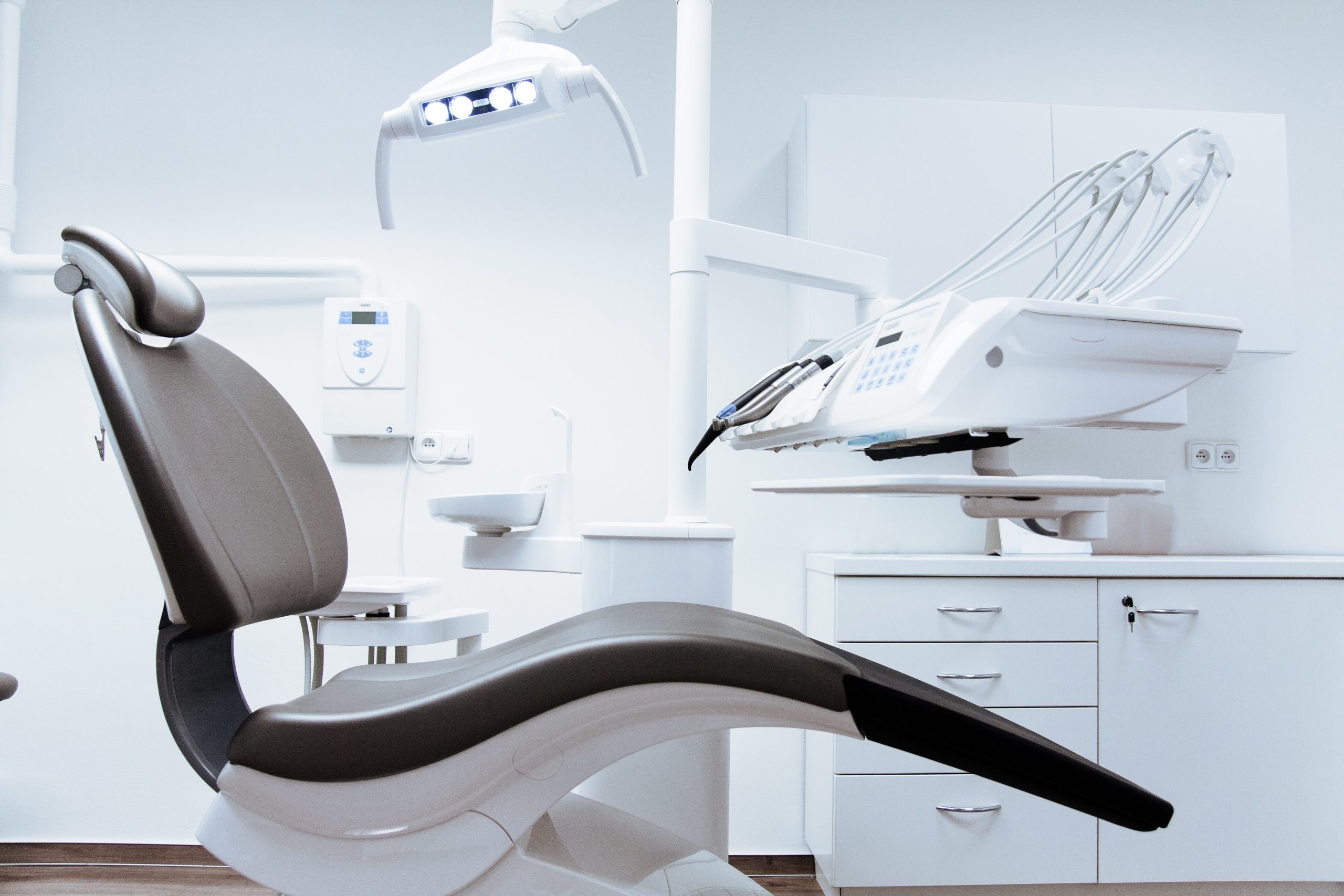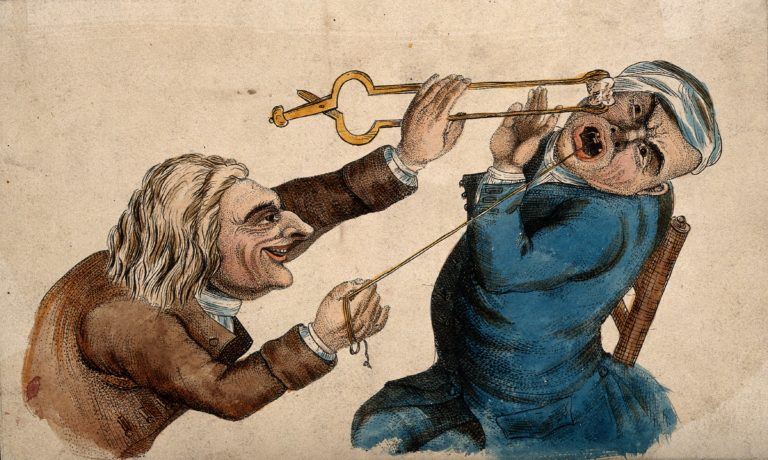What’s the Difference Between a Dentist and an Orthodontist?

You know it’s important to take care of your teeth, so you schedule annual checkups for you and your children with your family dentist.
Isn’t that enough?
Dentists and orthodontists work with different specialties, so visiting just one may not be enough. Here’s how you can determine which you need:
Dentist vs Orthodontist – What’s the Difference?
Dentists and orthodontists both attend dental school, and both must complete advanced degree programs before they can practice. After all, dentists and orthodontists are doctors, so they need doctoral degrees.
The differentiation happens after that doctorate in dentistry is attained.
Dentists go on to practice after getting their degree, but orthodontists serve another 2 to 3 years of residency at an ADA-approved program. From there, some orthodontists are certified by the American Board of Orthodontics.
In total, this means that a dentist complete 8 years of higher education, and orthodontists go through 10 or 11 to specialize.
That specialization that an orthodontist aims for focuses on aligning teeth and jaws using non-surgical procedures, which might involve straightening teeth, strengthening mouth muscles, and retraining your bite.
Do I Need a Dentist or an Orthodontist?
Sometimes, the underlying cause of your problem may not be clear.
For example:
Jaw pain might be caused by an infected, or abscessed, tooth. In that case, your dentist will be able to recommend treatment like a cavity filling or a root canal, and they can even prescribe antibiotics.
Jaw pain can also be caused by bite problems, and if that’s the case, then an orthodontist will need to address your malocclusions in order to solve the problem.
Dentists are there for overall oral care. That might include:
- Caring for your gum health
- Cleaning your teeth
- Removing or repairing problem teeth
- Providing crowns, veneers, and bridges
- Whitening your teeth
Orthodontists are more specialized. While they went to dental school and learned the same things that your dentist knows, your orthodontist primarily diagnoses and treats alignment problems.
Orthodontic treatments may include:
- Diagnosing malocclusions and bite problems
- Fitting and providing retainers to prevent tooth movement
- Braces or other teeth straightening treatments
- Corrective appliances that widen the jaw or retrain jaw muscles
Often, your regular dentist will recommend that you consult with an orthodontist.
If you’re concerned about the state of your smile, you want to straighten your teeth for cosmetic reasons, or you suspect that some of your troubles may be caused by problems with your bite or your tooth alignment, consult with an orthodontist.
Your first session will be just a consultation, and you might not need the treatment you expected after all.
Dentistry alone is often not enough to properly care for your teeth. Don’t overlook orthodontic treatment as a way to solve your problems!





